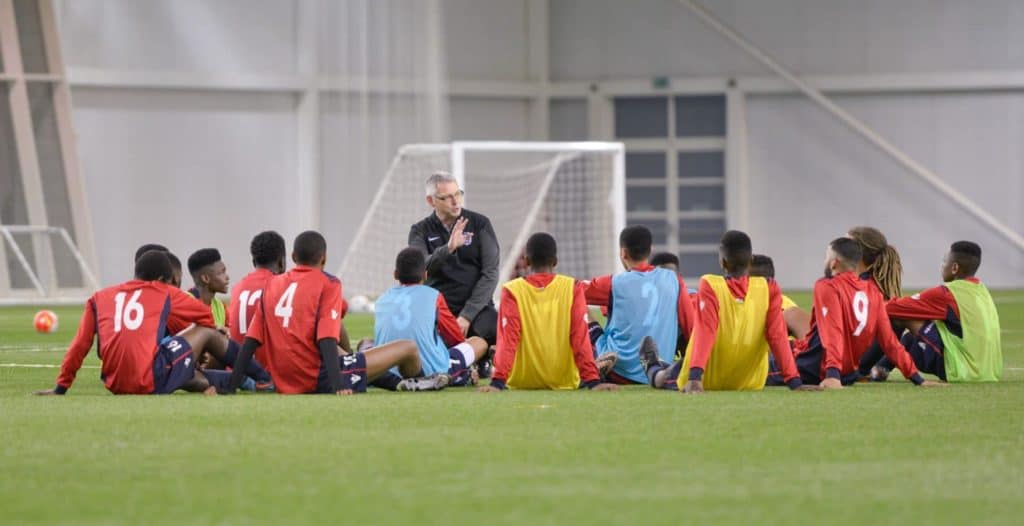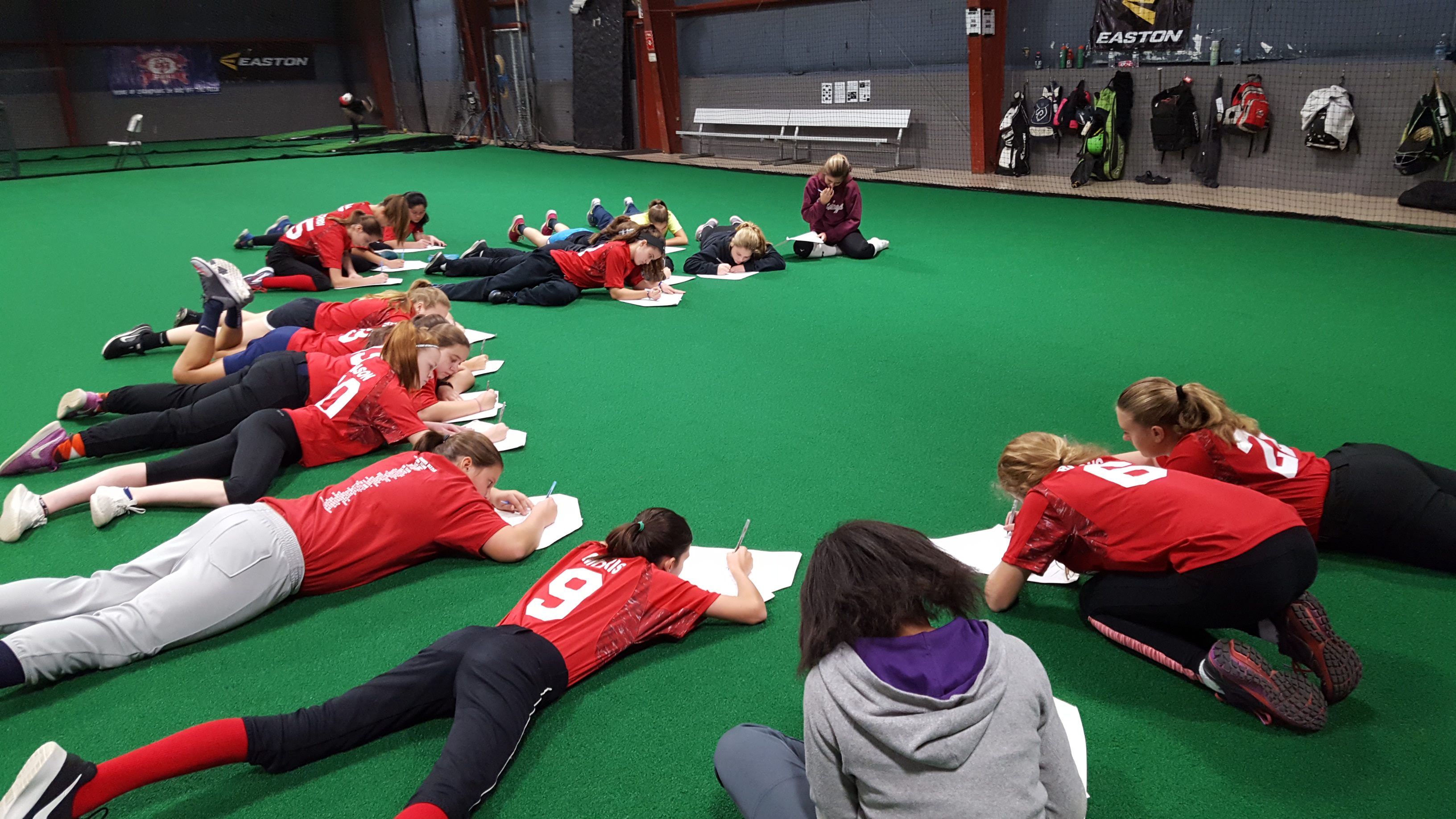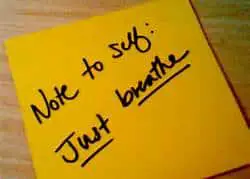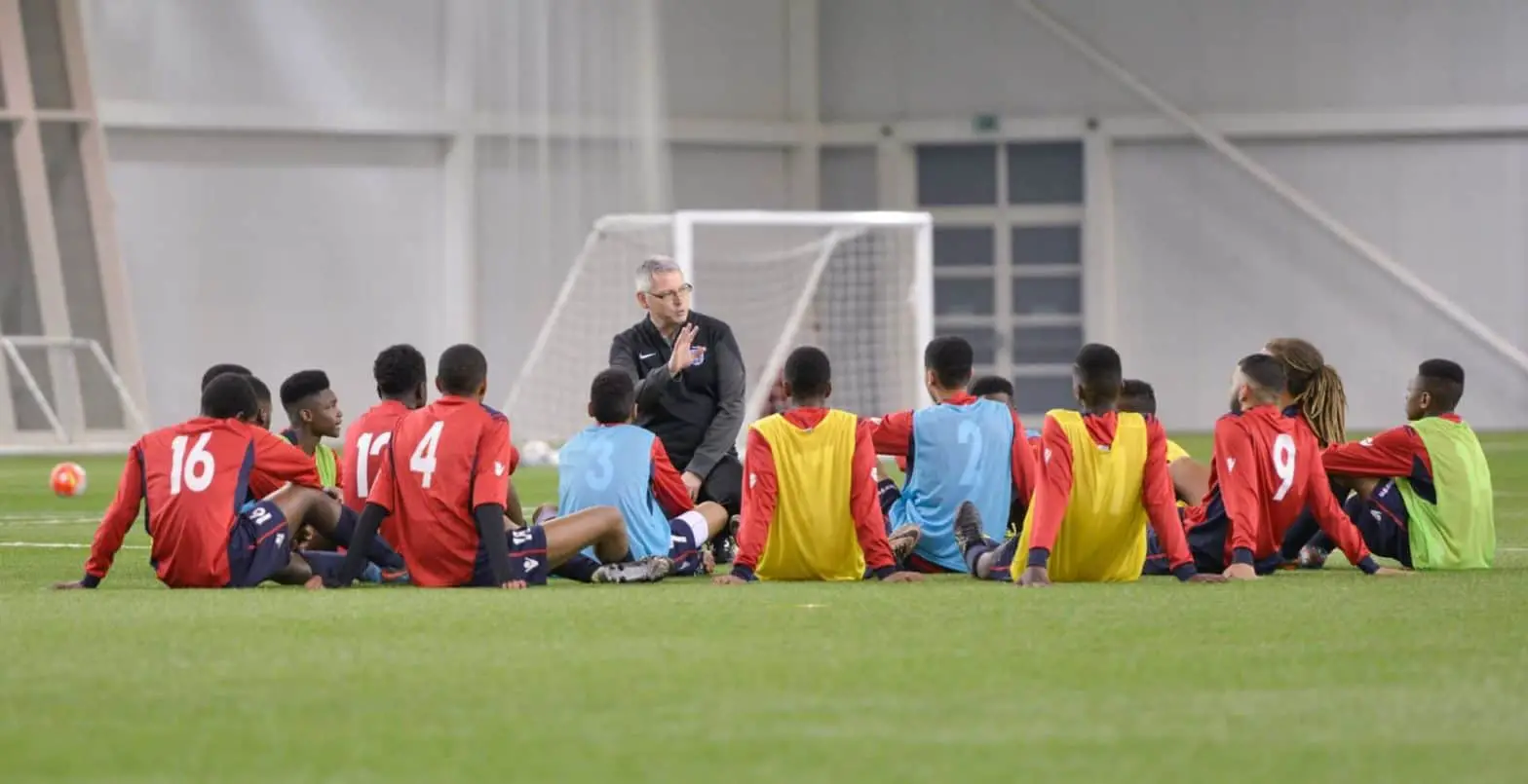Table of Contents

Athletes, you need a mental toolbox. You need to have a variety of mental tools to use to help you excel.
*This post may contain affiliate links. As an Amazon Associate we earn from qualifying purchases.
Many high-level athletes in high schools and clubs often are forced to improve their mental game when competing in college athletics. One reason so many don’t come in with a solid mental game is because they are talented physically and this carries most athletes a long time.
But the game changes when your teammates are just as talented as you.
The transition from High School to College
The transition to college athletics is challenging on many levels. Very seldom does a person go through as many changes at one time. Stop and think for a moment about what these changes include: housing, housemates, academics, where to shop for food, type of food, teammates, time involved in practice and coaches. All these changes occur at one time. Be mindful that this is often overwhelming and you may want to engage in some type of program, such as one developed by Drs. Fifer and Tebbe Priebe, to help get you prepared.
The mental game of your sport also changes. Very confident athletes suddenly struggle and even doubt their abilities during the initial transition. In order to bring your best game, you need to have a mental toolbox. This means putting time into knowing certain mental and emotional tools you can use to help improve your attention and maintain your confidence.
Mental Toolbox

Mental and Emotional Awareness Tools
The first tool in your mental toolbox needs to be awareness. Learning more about yourself, and growing your inner and outer awareness, includes learning what mental and emotional states that are associated with your best performances.
Authors Pia Nilsson and Lynn Marriott discuss emotional awareness in their book, BE a Player. They work with some of the best golfers in the world. One of their suggestions is to be mindful of your emotional state when you are playing well. This applies to all sports.
You might want to engage in an exercise they recommended: becoming aware of your emotional state when you are playing well and then practice deliberately tapping into this state when things start to spiral in a negative direction. Our emotions can play a big role in performance. Have you ever connected being really angry with tension in your body and then noted how your form might change due to this tension? Knowing yourself is the foundational tool you need in your toolbox. For example, purposefully tapping into your emotion of confidence and then knowing how your body feels during this emotional state, is a powerful tool for all athletes. This takes practice, just like other skills of your game.

Breath is a Tool: “When in Doubt Breathe Out”
We all know that breathing is our life force. Breathing is the gas that keeps our engines running. Just like you add fuel to a car to keep it running you also need a good steady stream of oxygen to keep your body performing at its best. However, not all forms of breathing are completely efficient. Breathing can be shallow, held too long, or not exhaled long enough. When you breathe too shallow or too fast you might feel anxious or even lightheaded.
Have you ever experienced being in high altitude when there was less oxygen in the air? If you have, you might know some symptoms of how it feels to be low on oxygen, like feeling lightheaded, a bit off balance, and foggy thoughts. It is more difficult to function and think well. Thus, the pattern of your breathing is important under the pressure of competition because there are times when you are out of breath, or not using your breath intentionally, and you are still expected to perform well. Athletes can be more impulsive, less focused, and even have headaches when they have poor breathing patterns.
Oxygen is needed to help move your blood through your heart where it is dispersed to other organs. It is also essential to the production of ATP, a form of energy important in the functioning of the human body. There are many breathing techniques one can practice and use, such as counting breath or having longer, slower exhales. A very simple technique can be:
- Relax your shoulders and face
- Take a breath in and count to four
- Take a short pause
- Exhale to a count of 6-8 (personalize this) through your mouth like you are blowing bubbles (this can be subtle and no one has to know you are doing this)
Add Mantras To Your Toolbox
Another way the saying “when in doubt breathe out” can be helpful is using a mantra to stay in the moment. One reason athletes become anxious and breathe too shallow or too rapidly is they become too future-oriented. What does this mean? If you are predicting what others are thinking (your coach) or how the game will end up, you are losing your present moment focus.
For example, a golfer who starts to add his score and then look ahead to three or four holes to determine what he should hit so he has a good final score, and keeps his focus more on the score, is setting himself up for performance anxiety. This anxiety, in turn, is associated with changes in breathing patterns and body tension. In this way, our mind and body are connected. Brett Ledbetter does a great job explaining this.
 When you start over-thinking or even worrying too much about breathing correctly while competing, fill your head with this mantra: JUST BREATHE and repeat it several times so you have one thought going through your mind as compared with three or four. It also helps to remind yourself to take a deep breath and ignite the relaxation response if necessary. When you practice or compete you need awareness to deliberately breathe at times. This is another way to add mindfulness to the sport.
When you start over-thinking or even worrying too much about breathing correctly while competing, fill your head with this mantra: JUST BREATHE and repeat it several times so you have one thought going through your mind as compared with three or four. It also helps to remind yourself to take a deep breath and ignite the relaxation response if necessary. When you practice or compete you need awareness to deliberately breathe at times. This is another way to add mindfulness to the sport.
Be Prepared
The main point for this transition time is to be prepared on many levels. The transition from high school to college athletics can be overwhelming. There are many changes to contend with at one time. Many athletes are excited about the new adventure and level of play, but be smart and prepare. It takes time to adjust and this may include you needing more mental and emotional tools to help improve your game as you compete with other high-level athletes. To keep growing as an athlete keep building your mental/emotional toolbox as part of your overall game.

